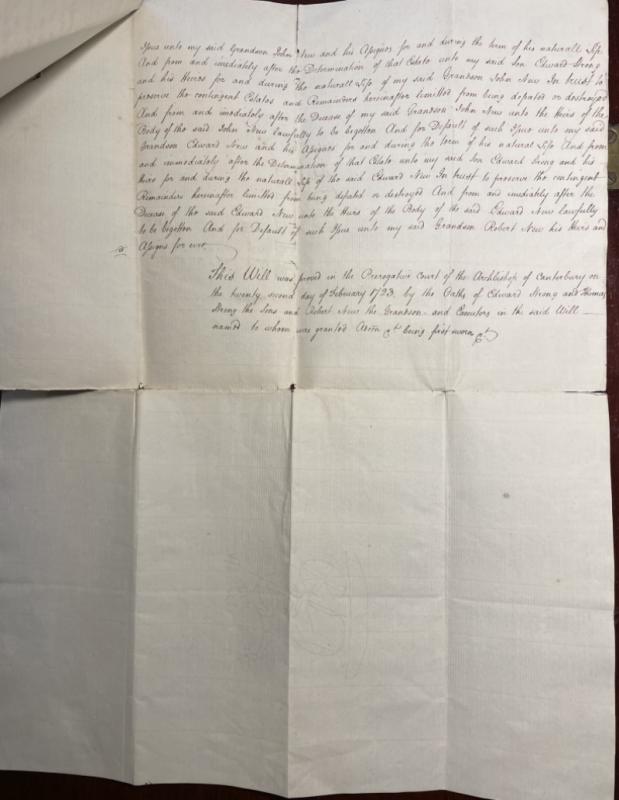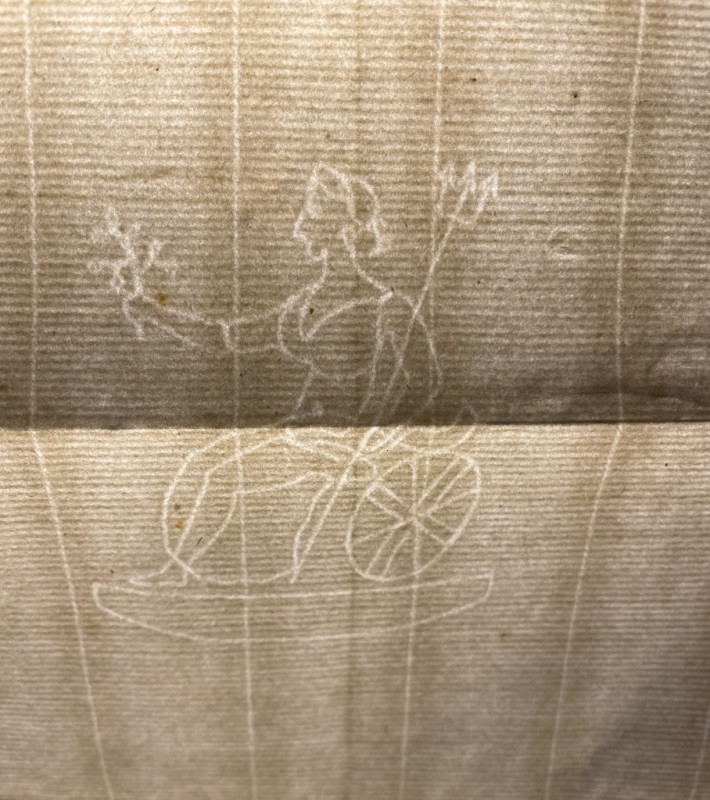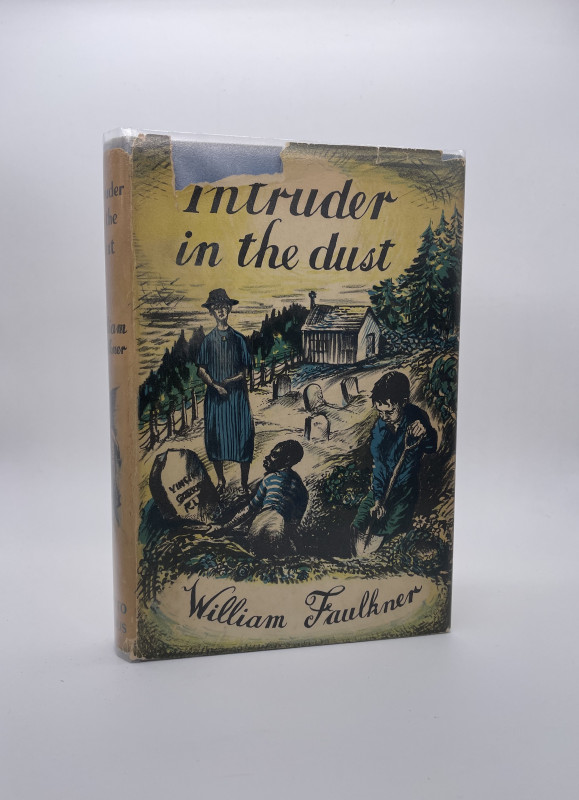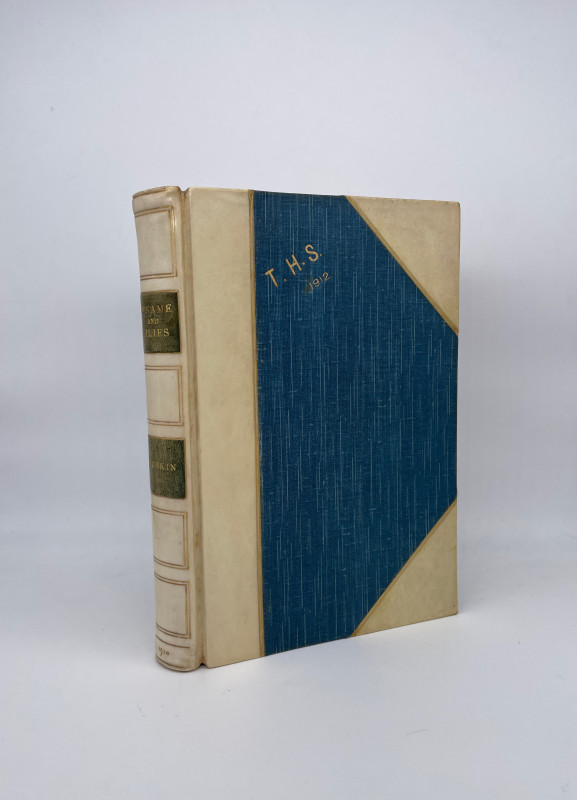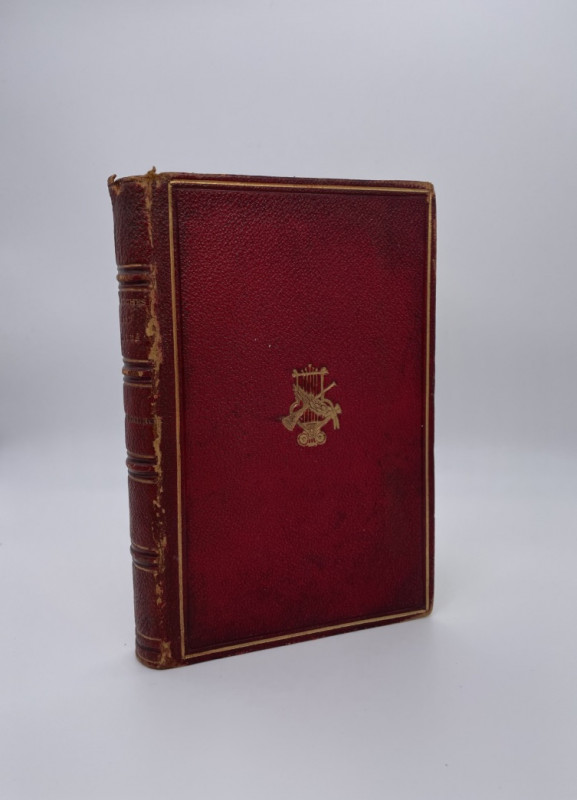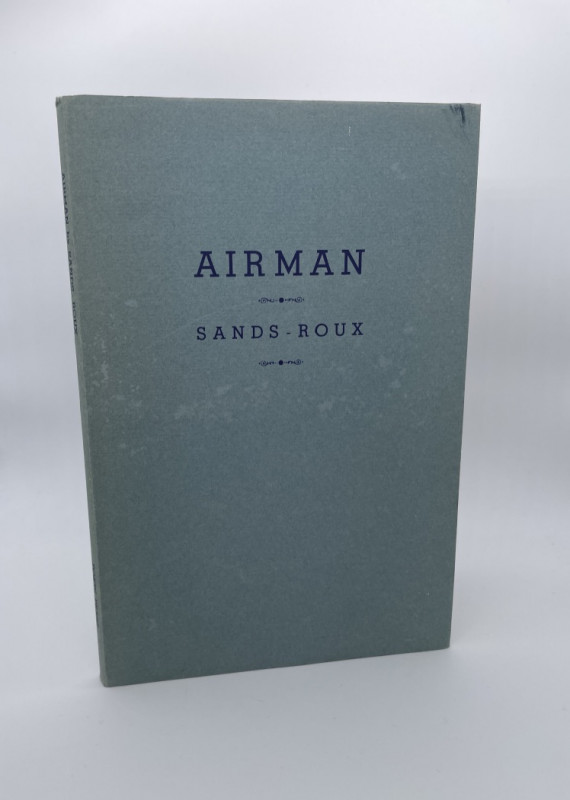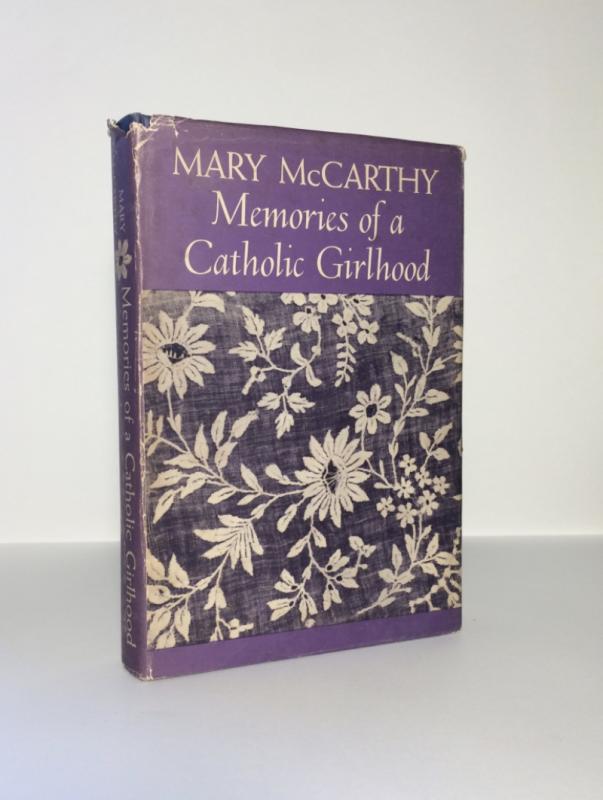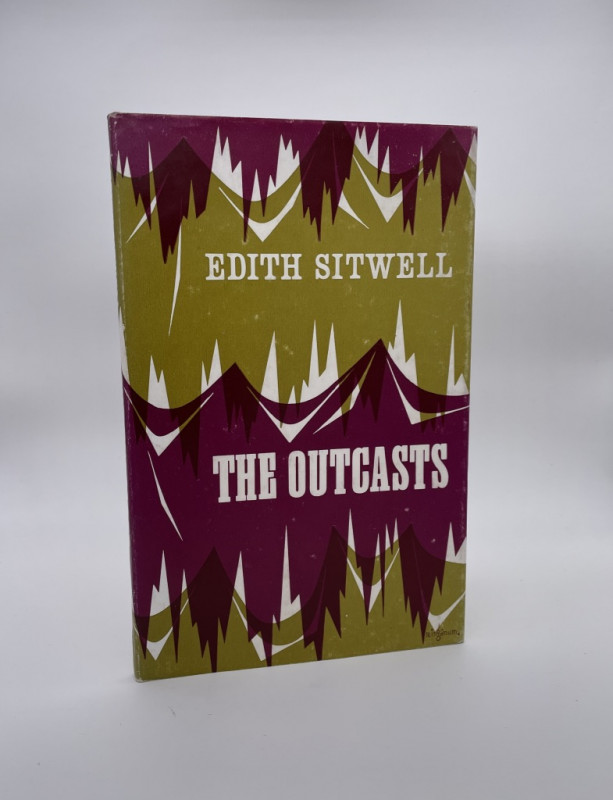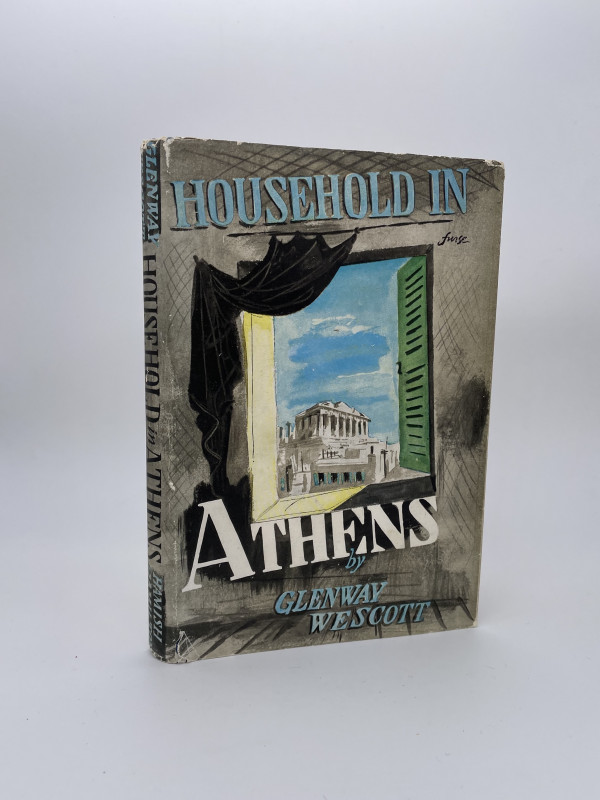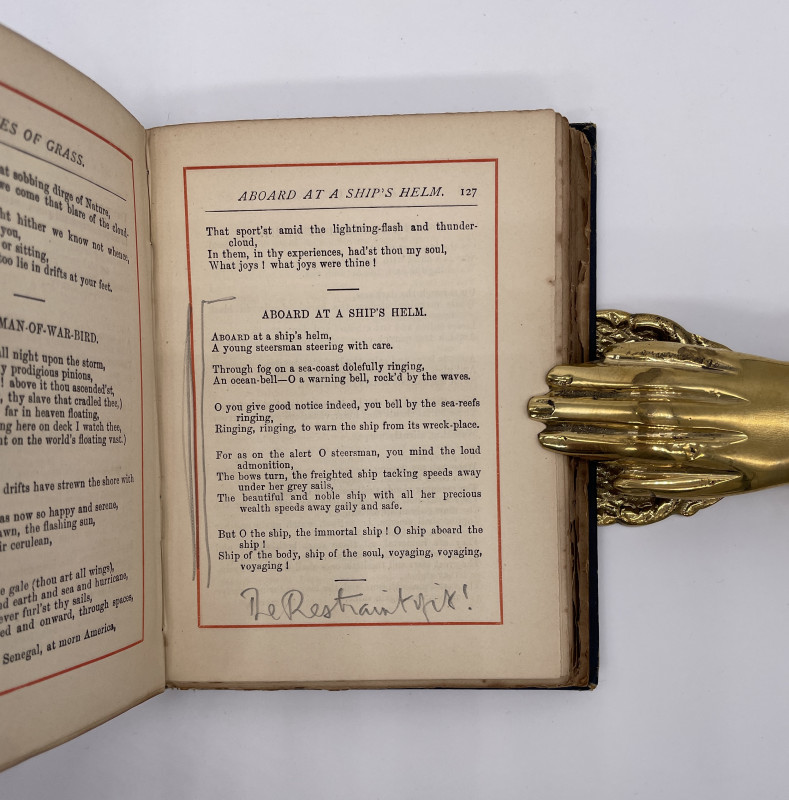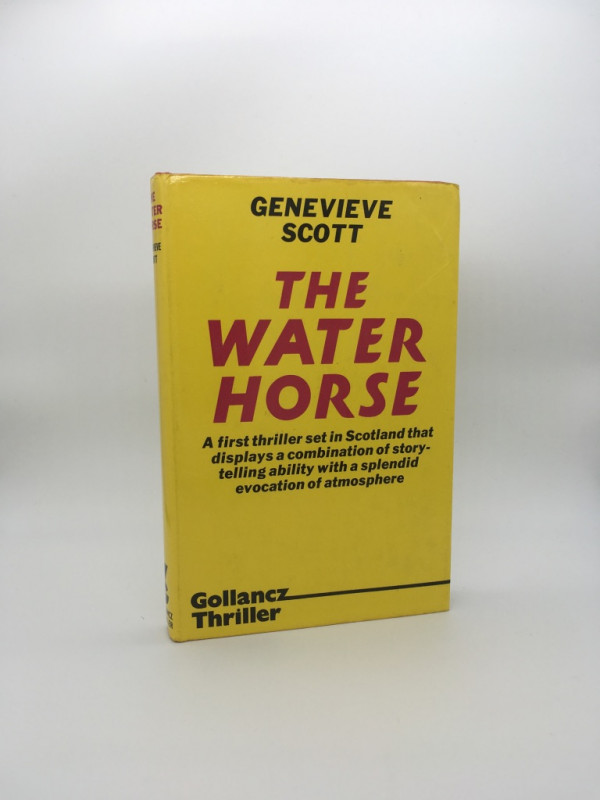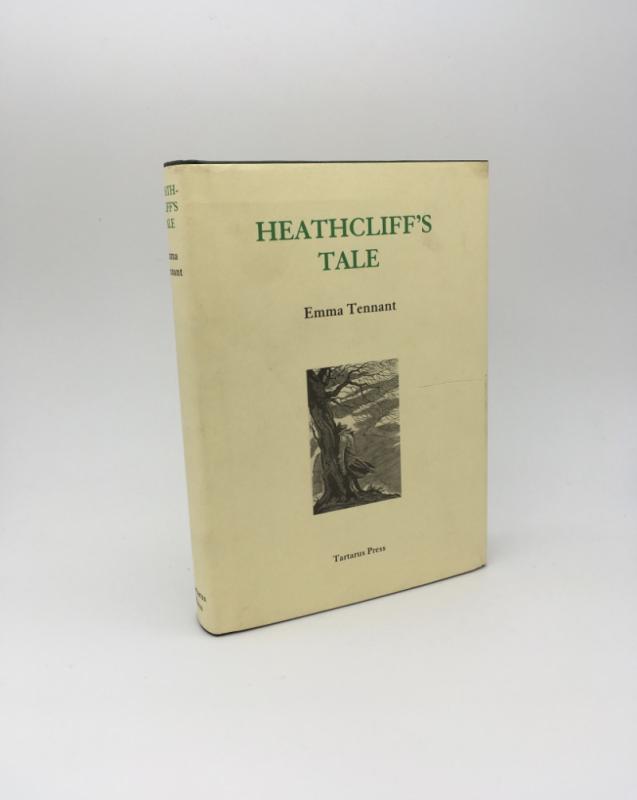Extract from the Will of Edward Strong the Elder Citizen and Mason of London deceased bearing date the 30th day of July 1723.–
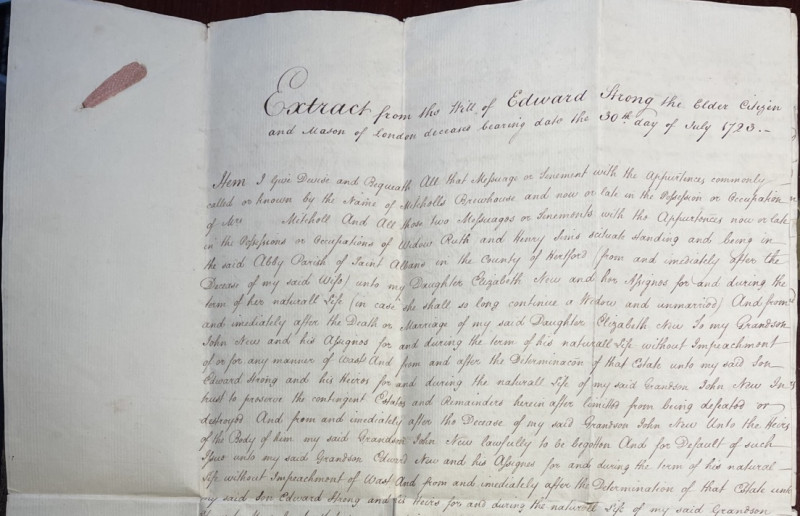

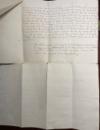
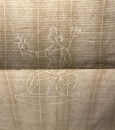
Book Description
Two folded sheets of laid paper with a seated Britannia watermark and “J Cripps 1800” countermark (40 x 32cm), secured by a thick pink ribbon at the top left corners and comprising 1½ page manuscript extract of stone mason Edward Strong the Elder’s will in sepia ink. When folded, the front side bears: “Extract from the Will of Edward Strong the Elder deced./ Dated 30th July 1723./ Proved 22nd Fby 1723” with two circled 7s in later red pen. A little soiled, a number of folds are very tender with numerous closed tears, including a lengthy one to the second sheet. The extract outlines the descent of a number of properties, including “Mitchells Brewhouse” and “all those two messuages and tenements with the appurtonces [sic] now or late in the possession or occupations of Widow Ruth and Henry Sims” in “the said Abby Parish of Saint Albans,” where Strong lived in later life and where he was interred at St Peter's Church with a significant memorial designed by his son.
Dealer Notes
Edward Strong the Elder (1652-1723) was a talented, well-networked and enterprising British sculptor, who hailed from a dynasty of masons. With his son, Edward Strong the Younger, he successfully exploited the numerous opportunities in London following the Great Fire. Strong the Elder formed a business relationship with Christopher Wren around 1680, following the death of his older brother, Thomas, Wren’s initial collaborator; their most significant project was the rebuilding of St Paul’s Cathedral (of which Thomas had laid the foundation stone): “Over the course of the next twenty-seven years, Edward completed the work on the east end and the north portico which his brother had started. He also built the north side of the nave and the north-west quarter of the dome. On 26 October 1708 (three years before the work at St Paul’s would officially be declared complete), Edward laid the last stone on the lantern on the Cathedral’s dome, meaning that he was one of very few men who were engaged from beginning to end in the Cathedral’s reconstruction.” (ODNB). Father and son also worked on around two dozen parish churches in London and the suburbs of the City, plus the Royal Hospital for Seamen at Greenwich and “the main pile at Blenheim [Palace] to Vanbrugh’s designs”, both now UNESCO world heritage sites. Indeed, as Ian Stone argues: “what we speak of today as ‘Wren’s London’ or ‘Hawksmoor’s London’ could equitably also be called ‘the Strongs’ London’.” (Stone, 2020).
Ian Stone (2020) ‘Wren’s Masons: The Strongs and the Rebuilding of London after the Great Fire’; ‘Will of Edward Strong, Mason of London, National Archives, PROB-11-596-34.
Ian Stone (2020) ‘Wren’s Masons: The Strongs and the Rebuilding of London after the Great Fire’; ‘Will of Edward Strong, Mason of London, National Archives, PROB-11-596-34.
Author
[Edward Strong the Elder]
Date
[c.1800?]
Condition
Good
Friends of the PBFA
For £10 get free entry to our fairs, updates from the PBFA and more.
Please email info@pbfa.org for more information
